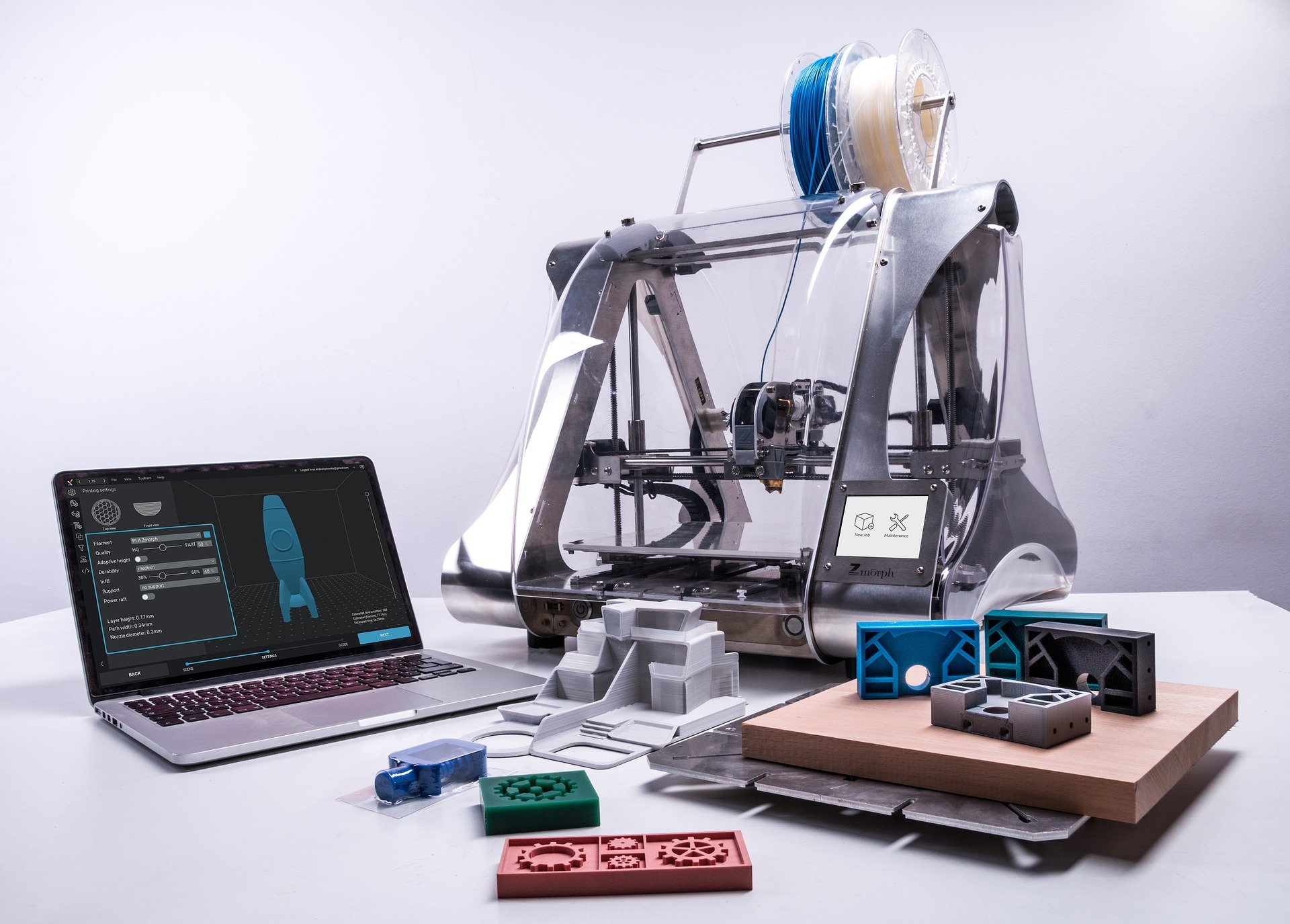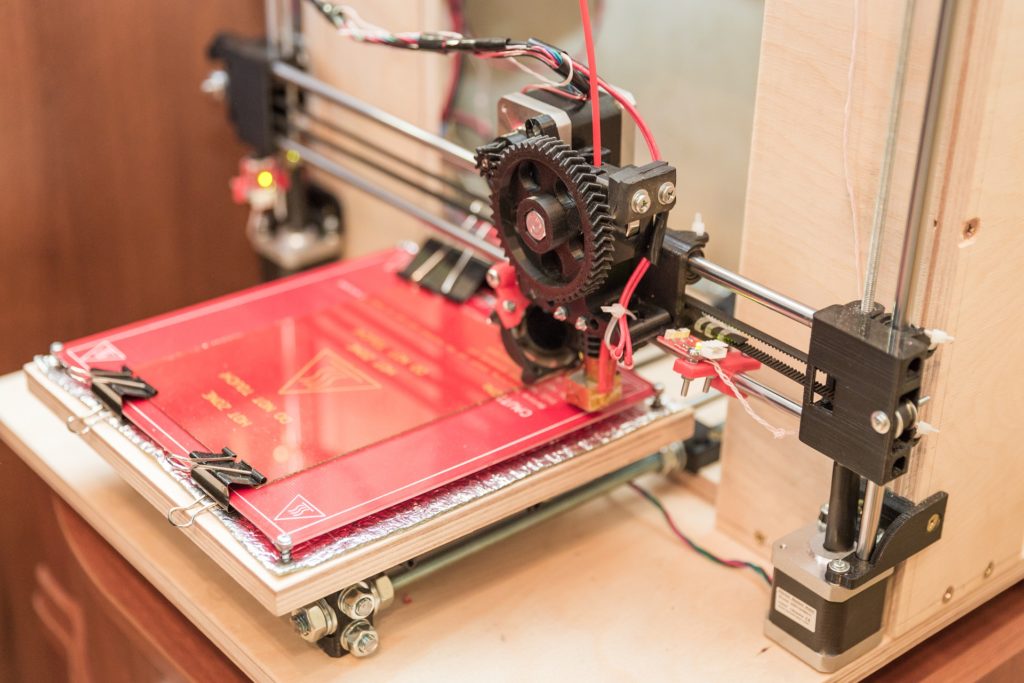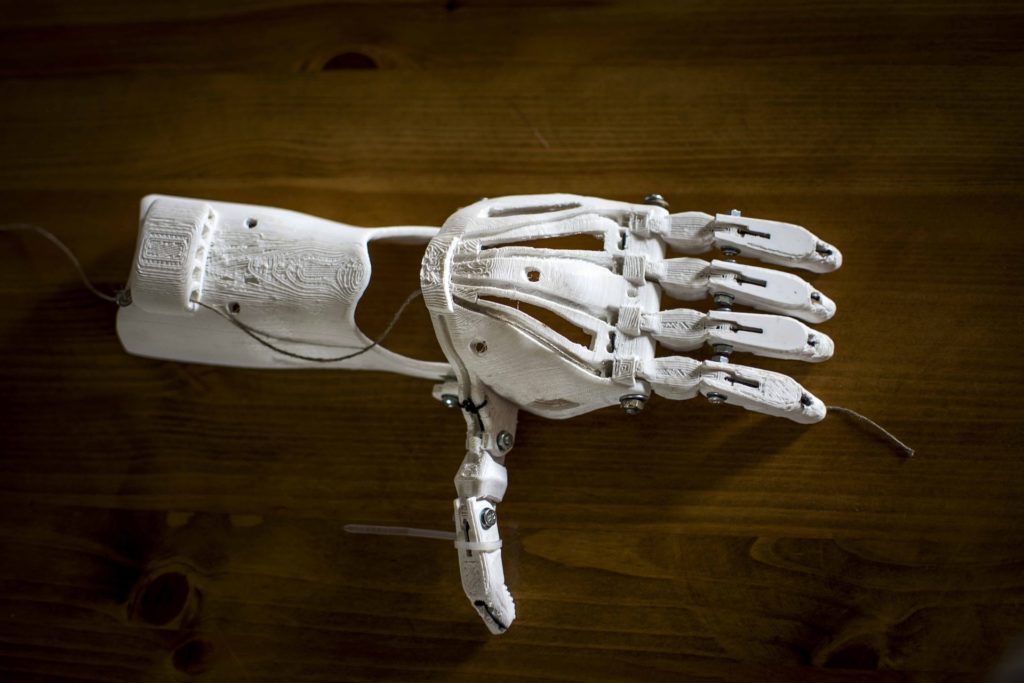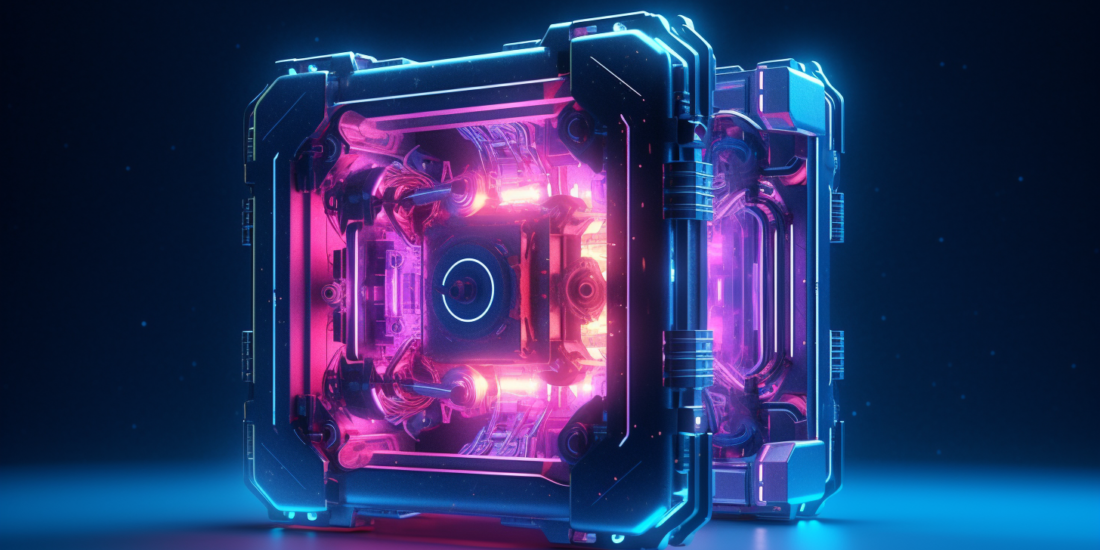
3D printing can print anything, including your heart
Hunting for a space to live in can be quite tedious, isn’t it? Combing through ads, locating apartments and houses, getting in contact with the agent, fixing a date to tour the house… It is almost always never easy!
And when you finally get that tour, it doesn’t look like the description or images you saw, or it is smaller or bigger than your requirement… The amount of clutter you have to navigate through gets to your head, doesn’t it?
Well, what if you could just print your dream space? Not print it out on paper, but actually print a house in all three dimensions, complete with all your concepts and ideas? That would save you so much trouble, won’t it? Get your ideas sorted out soon because 3D printing has made printing entire houses possible and it may just be the norm in the coming years and decades!
Printing in Three Dimensions

As with many other scientific innovations, the concept of the 3D printer was first floated in fiction. American author Murray Leinster’s 1945 short story “Things Pass By” is the first work to be credited with the first description of a 3D printing technology.
The first patent for 3D printing came 25 years later when Johannes F Gottwald patented his Liquid Metal Recorder, a device based on inkjet technology that could print melted metal onto a surface. Given how 3D printing sounds like a very recent technology, this might come as a surprise. But what knocks the ball out of the park is that 3D printers have been available in the market since the 1980s!
It would have cost you a life’s earnings to get you one of those in the 80s but that is a little beside the point, isn’t it?
The speed and precision with which computer technology has developed in the years since means that the capability of 3D printing has gone up tremendously with its costs coming down considerably.
In fact, 3D printing technology has reached such heights that, in November 2020, American Professor Adam Feinberg and his team successfully developed a fully 3D printed heart capable of realistically replicating the elasticity of cardiac tissues and sutures.
A World of Self-Made Goods?

The biggest selling point of 3D printing technology is that it has the potential to unlock a world of personalized, self-made goods.
Broke a teacup in the morning? Draw up the teacup you want on your computer, download one of the many teacup designs available on the internet, and hit print. Done! Sounds fascinating, doesn’t it?
But there are downsides to such technology too. For example, the threat of 3D-printed arms and ammunition is very real and it has the potential to unleash violence like never seen before. There is also the ethical conundrum of the millions of jobs that could be lost if the world were to divert to self-made goods in such a fashion.
The potential that 3D printing has in fields such as cutting-edge medicine and scientific research is, however, too great to be ignored. Precise research models, imaging phantoms, and implants are very much the present of 3D printing and it has the potential to be much more.
Balancing the act while moving forward seems to be the logical thing to do here. And let us hope that logic stands shoulder to shoulder with technology with 3D printing!





